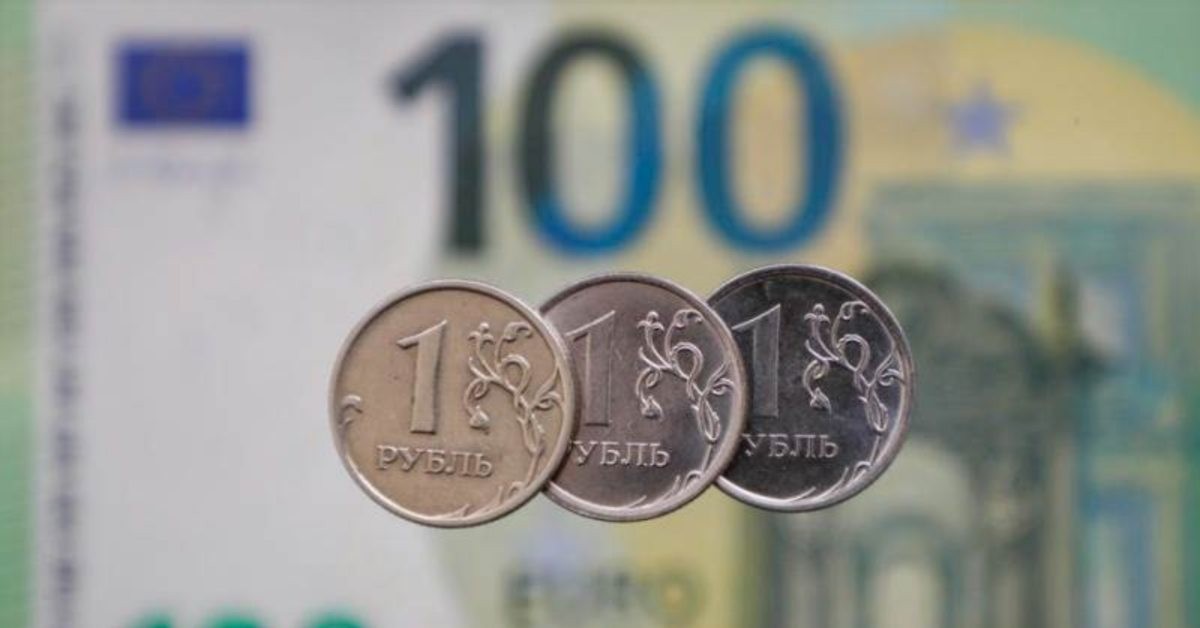Will Ruble's recovery and Euro Weakness be sustainable?
While the Ruble, despite increasing sanctions getting stronger, Euro dives to its lowest level since January 2017, below1.0400s.
Increasing sanctions did not affect the Russian Oil and Gas export. At the same time, contrary to initial objections, more countries and companies started paying the fee in Russian Ruble. Therefore, with increasing the international energy price, especially the gas price at its all-time high levels, there is more demand for the Russian Ruble. On the other hand, the Russian central bank increased the rates to 20% and, together with capital controls, lowered the market liquidity to dis-balance the supply and demand in favor of demand.
Unlike the growth of the Ruble, the Russian economy, according to different estimates, is expected to contract by 5-10%. Also, we should not forget that a more expensive Ruble will hurt the export and the economy. On top of that, fewer foreign investments could be another reason to be more suspicious of Ruble's growth sustainability.
USDRUB technically remains bearish with a more downtrend tendency towards 56, as shown in the below monthly chart as its strong support, while 62 seems like a critical pivot point. On the flip side, back to above 70 would be the beginning of a new bullish round.
The other side of this economic war is Europe, with the Euro at its lowest level since January 2017. The European economy is directly dependent on energy, mainly imported Gas from Russia. Now they have political tension with Russia and looking for an alternative to Russian energy, which would be much more expensive than imports from Russia. So even if they can replace the Russian Gas with any other provider, it would be more expensive. However, it is "If" because the latest research confirms that it would not be possible before 2027. Other economic data, including inflation and consumer sentiments, also support the frustration seen in the chart, but in the longer term, it could be different.
Inflationary pressures can convince the ECB to start tightening policies and increasing the rates. In the United States, the latest published CPI and PPI had some signs of softening inflation, which can decrease the pressure for an aggressive reaction in the following FED meetings. This rebalancing in monetary policies can help the Euro regain some of its losses in the second half of the year.


















